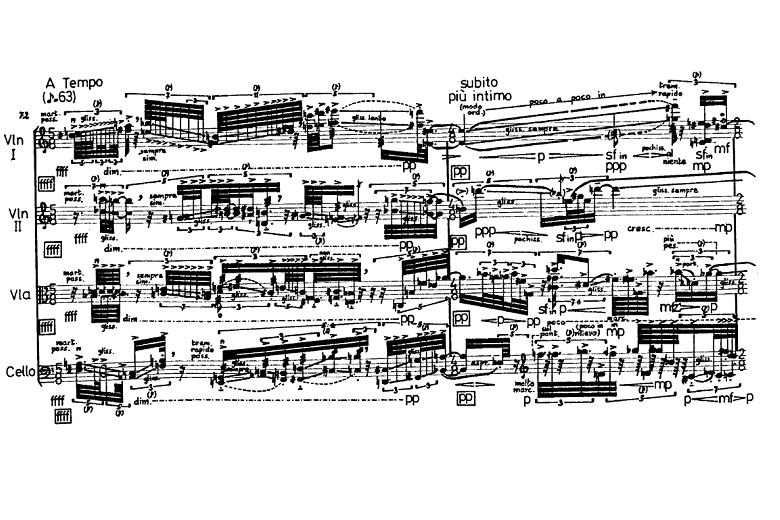Embrace the New Era of Classical Music
October 15, 2022
Before you read this, take a listen to “O Lux” by Brian Ferneyhough. You may be surprised to hear almost no distinct melody.
It may sound as if 15 different instruments are playing random notes whenever they feel like it, creating cacophony and dissonance. This is an example of contemporary classical music.
As a flutist in Glenbrook Symphony Orchestra (GSO), I know that modern classical music is not typically enjoyed in the classroom. In GSO, for example, it is rare for us to perform a piece composed in the 2000s. If we ever did, I can already imagine the groans and sighs from my peers. There would be complaints about how the contemporary piece lacks lyrical melody and how the 1800s waltzes we usually play sound so much better.
The piece I mentioned at the beginning of this article was written by one of the most influential composers in the post-2000s music era, New Complexity. Ferneyhough’s music is captivating with the different textures he creates through layers of contrasting notes. While the cellos hold a resonant bass, the trumpets blare with harsh notes and the flutes flaunt with fast sixteenth note runs. The audience rarely gets a break from the variety of components in every line. Behind the clusters of notes, Ferneyhough’s work represents progression as he introduces a new style of intricate techniques and bizarre harmonies to the music world.
Another work of modern classical music is “My name is Amanda Todd” by Jocelyn Morlock. Similar to “O Lux,” this composition has unexpectedly busy notes. Like an unfinished puzzle, the harmonies and timing of each instrument don’t piece together in an organized way that we’re used to hearing from Mozart or Beethoven.
An important, yet unknown aspect, is that this piece was composed after the suicide of Amanda Todd, a victim of cyberbullying. The chaos of sounds depicts the victim’s helplessness and desire to escape. Using the methods found in New Complexity, Morlock shines light on the serious issue of bullying through her music.
I gave these examples to show the underappreciated values of contemporary classical music. The beauty of music lies in its ability to convey a message without using words. While Tchaikovsky told fantasy stories in Swan Lake and The Nutcracker, the contemporary composers we have today express realism. Contemporary composers spend hours on end creating the elaborate mixture of sounds heard in “O Lux” and “My name is Amanda Todd” to illustrate their ideas and beliefs. It may sound strange and some instruments’ parts may be monotonous, but this is a new era for classical music.
As we preserve the arts throughout time, we should push to explore all types of music. Minimalistic or complex, realistic or fantastical, the composition of all music should be appreciated for its ability to tell a story.



